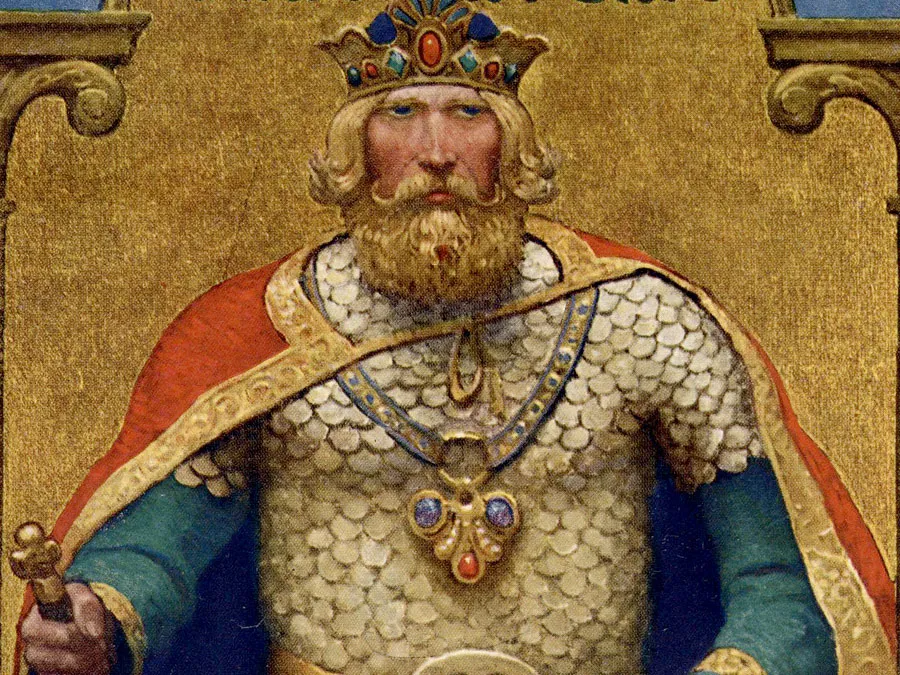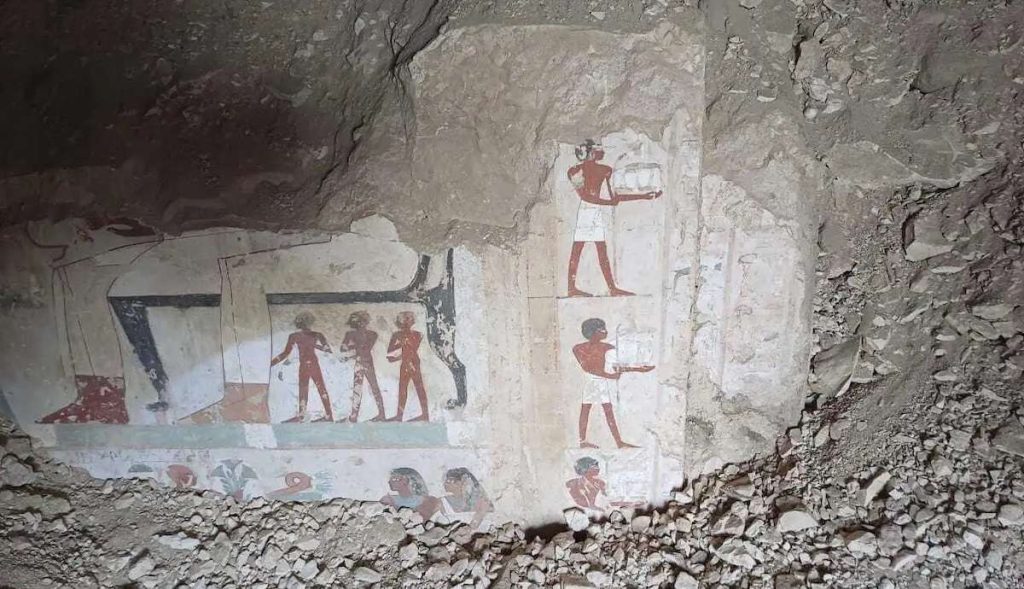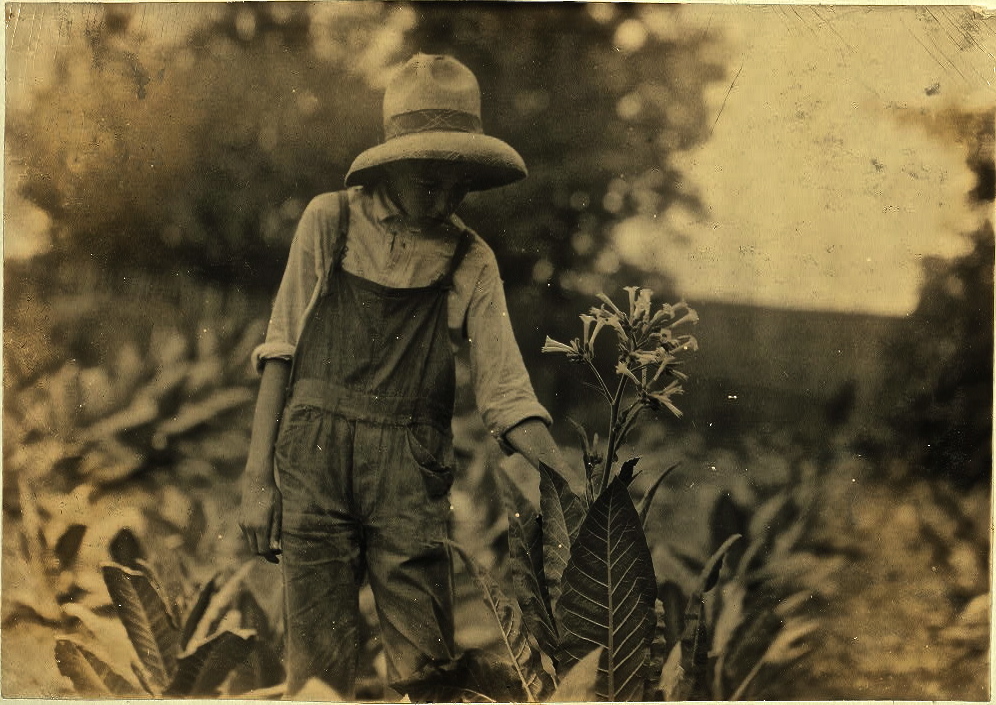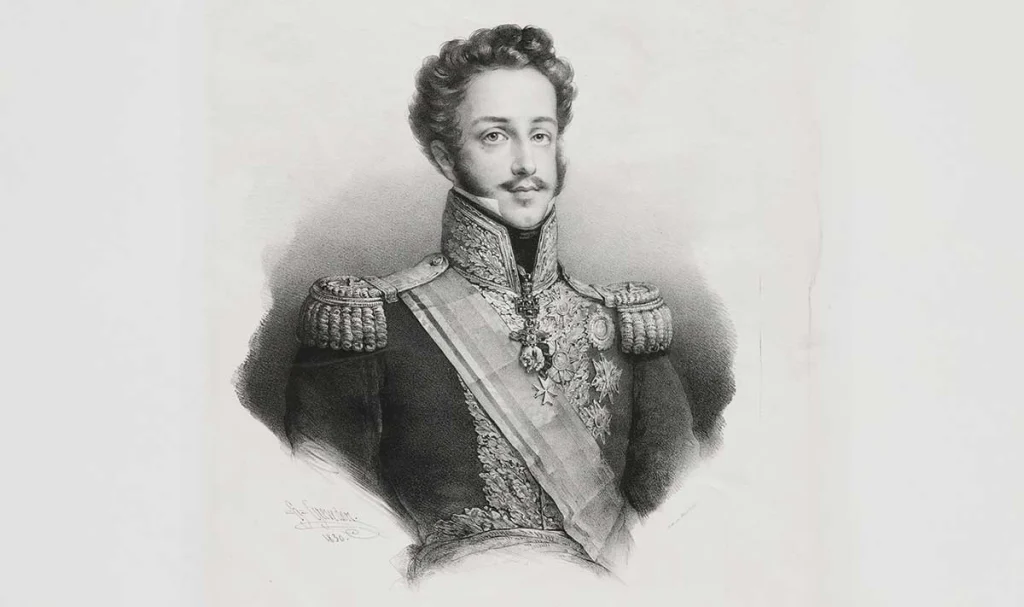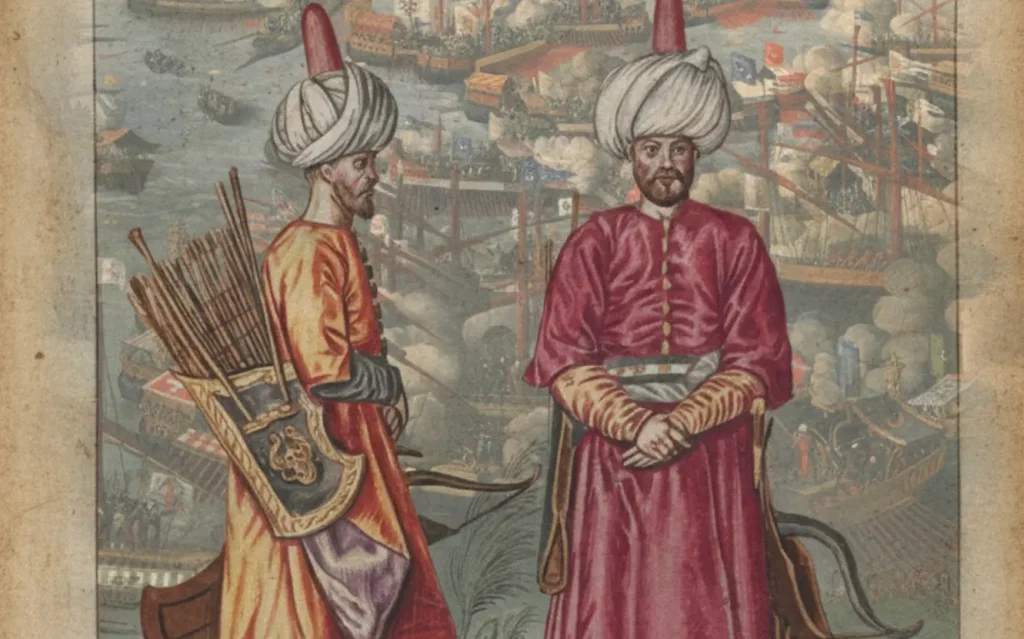Short answer: A few obscure Welsh and later English texts give King Arthur brothers—most clearly a figure named Madoc ap Uthyr—and possibly a half-brother linked to Gormant/Ricca, while Renaissance poet Edmund Spenser recasts an older character (Artegall/Arthgal) as Arthur’s brother. These strands help explain a side of Arthur’s family tree that rarely makes it into the popular legend.
Why You Don’t Usually Hear about Arthur’s Brothers
Most retellings make Arthur the only child of Uther (Uthyr) Pendragon and Igerna (Igraine). His sisters appear more often (Morgause, Morgan le Fay), usually as half-siblings. But if you look into early Welsh poetry and a few medieval/early-modern sources, you’ll find hints of brothers—especially a prince named Madoc—who step briefly into view and then vanish.
Madoc ap Uthyr: The Brother Who Fell in a Great Calamity
The earliest mention of a brother is in a Welsh elegy called Madawg drut ac Erof (9th–11th century), preserved in the Book of Taliesin. It mourns Madoc ap Uthyr—“Madoc, son of Uther”—placing him squarely in Arthur’s family.
A later poem often titled “Arthur and the Eagle” (c. 1150 or earlier) confirms the link: Arthur speaks with the spirit of his nephew Eliwlod, identified as the son of Madoc ap Uthyr. If Eliwlod is Madoc’s son, and Uthyr is also Arthur’s father, then Madoc is Arthur’s brother.
The event in the story: Madoc’s downfall
The elegy paints Madoc as a leader of stature whose end comes through something (or someone) called “Erof.” The poem’s language suggests earthquakes, darkness, and an almost apocalyptic shock, leading many readers to think Erof might be a catastrophic natural event rather than a person. In other words, the story we glimpse is a prince—Arthur’s brother—brought down by a great disaster that shook the land. The poem does not explain the cause in plain terms, but it makes clear that Madoc’s fall was sudden, violent, and widely felt.
Gormant ap Ricca: A Half-Brother… or a Half-Uncle?
In the earliest Welsh prose Arthurian tale, “Culhwch and Olwen” (c. 1100), a long roll-call of Arthur’s allies names “Gormant, son of Ricca (Arthur’s brother on his mother’s side; the Penhynev of Cerniw was his father).” This implies that Arthur’s mother (commonly known as Igraine/Igerna) first married a ruler of Cornwall (Cerniw), then later married Uthyr.
Scholars debate the line:
- Reading 1 (common): Gormant is the half-brother; Ricca is the first husband (the “Penhynev of Cerniw”).
- Reading 2 (plausible): The parenthetical may modify Ricca, making Ricca the half-brother and son of the Penhynev, with Gormant simply his son.
Either way, the text preserves a Cornish link that echoes the famous story of Igraine and Gorlois, Duke of Cornwall. Notably, Welsh redactions don’t swap Gorlois for Ricca, suggesting Ricca and Gorlois were not identical in Welsh tradition—which keeps the identification open.
Artegall (Arthgal): A Later “Brother” With Medieval Roots
In Edmund Spenser’s The Faerie Queene (1590), Artegall appears as Arthur’s half-brother (son of Gorlois), a knight of justice rescued by his beloved Britomart. Though late, Spenser isn’t inventing from nothing:
- Richard Grafton (1569) mentions “Arthgal, Earl of Warwick,” a notable of Arthur’s time.
- Geoffrey of Monmouth (c. 1137) lists Arthgal among Arthur’s noble supporters (not calling him a brother).
- In a Welsh translation tradition (Brut Tysilio), Geoffrey’s Arthgal is replaced by “Madoc”—the name tied to Arthur’s brother in early Welsh poetry. This swap suggests that Welsh readers equated Arthgal/Artegall with Madoc, reinforcing the idea of a brotherly connection.
Could Any of These Men Have Been Real?
Possibly—especially Madoc. His very early appearance in Welsh sources gives him weight. The Book of Llandaff records a witness named “Matuc” to a land grant under King Meurig of Gwent (dated by many to the 6th century). If Matuc = Madoc, then the timing and location (Gwent) match the early Arthurian orbit surprisingly well. It’s not proof, but it’s a credible historical echo.
What to Take Away
- Madoc ap Uthyr is the clearest early brother, memorialized in a dirge about his dramatic death—likely linked to a great, perhaps natural, catastrophe.
- Gormant/Ricca preserve a Cornish half-brother tradition, though the exact relationship hinges on how we read one line in “Culhwch and Olwen.”
- Artegall/Arthgal, styled a brother by Spenser, traces back to Geoffrey and bleeds into Madoc in Welsh tradition—another sign that a brother-figure hovered around the margins of Arthur’s story.
- A real Madoc is not impossible, given early mentions and a probable 6th-century namesake in Gwent.

